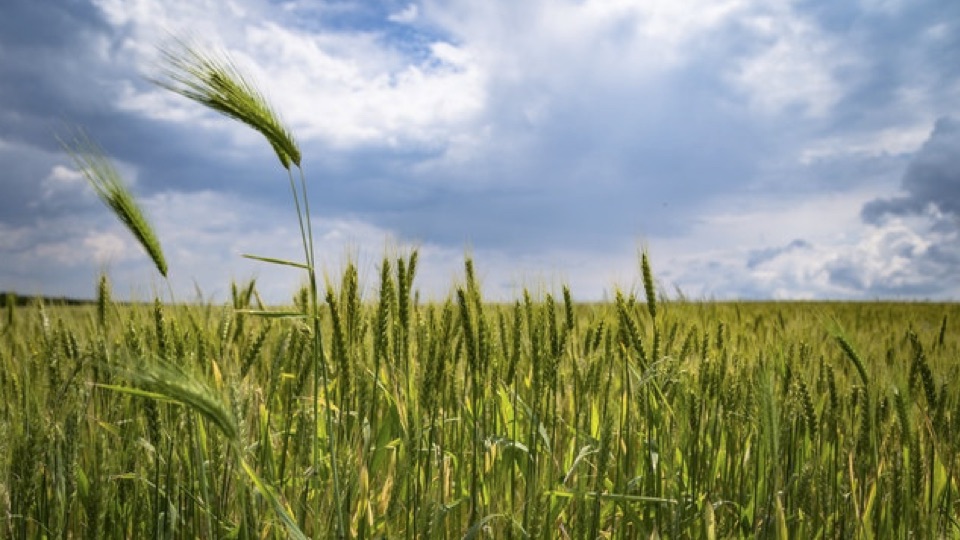You’re making an effort to shop more sustainably, and you see something labeled “conscious” or “eco-friendly” on a carefully crafted display shelf. You think it must be good, right?
If you dig a little deeper you might find you’ve been a victim of “greenwashing”: the exploitative marketing strategies brands employ to suggest they are more ethical and sustainable than they actually are. Think misleading leafy-green aesthetics and vague buzzwords that hugely exaggerate or obscure the truth.
Today we’re bombarded with labels and slogans that say very little, and the shops aren’t always selling us what they’re telling us. Consequently, it can be incredibly confusing to be a conscious consumer and shop sustainably. However, there are a few things you can do to navigate greenwashing claims and decipher whether the brand really holds sustainability at its core. These 4 tips will help you spot the signs of misleading marketing and suggest resources to help navigate greenwashing claims.
Look at the labels
Have you ever read the ingredients list on a shampoo bottle and felt like you’re reading the script of a sci-fi film? The “non-GMO”, “paraben-free”, “sulfate-free” and “SLS-free” talk is equally confusing. So how do we trust the ingredients list when we can’t even understand it? This is a tricky one, but there are ways around it without needing a post-grad chemistry degree.
A good place to start is to favor products where you know the majority, if not all, of the things on the list. This likely means they use natural ingredients and avoid artificial and complicated chemicals that can be damaging to the planet.
Another way is to keep your eyes peeled for “no-go” words. For example, palm oil has become almost a curse word in the world of ethical cosmetics; when you see it alarm bells should ring. The palm oil industry is a major driver of deforestation, destroying habitats of endangered species, contributing to climate change, and, in some cases, exploiting workers and abusing child labor. Also, be cautious of ‘sustainable palm oil’; according to Green Peace, it is often simply a way for companies to continue using the ingredient, destroying forests, and getting away with it.
As with fashion, check the labels for plastic-derived fabrics like polyester, spandex, acrylic, or nylon. In 2015, the polyester produced for clothing emitted 282 billion kg of CO2 – nearly three times more than for cotton. And as these synthetic fabrics break down, they form tiny plastic threads called “microplastics.” These get washed into rivers and oceans to be digested by aquatic organisms with potentially toxic results.
Honesty is the best policy
Industry-level change can’t be made when a brand hides behind lies or warps the truth. If a brand is transparent about the way they work and makes explicit any gaps in their production, it is much easier to trust the positive claims they make. This might mean sharing details of their factories and information of their workers, what they are working towards and their future brand goals, and the reason they are unable to implement certain practices.
No brand is perfect, but honesty is the best policy when it comes to creating a more eco-conscious culture. When brands are open about how they operate there’s much less work on the consumer’s part, and it’s also a useful way to learn more about sustainable practices. The “about” or “our story” pages of websites are usually a good place to look, along with any interviews with the founder.
Seek out the Stats
Loose terms, such as eco-friendly, are open to subjectivity. Yet, these are frequently plastered on packaging to allow brands to avoid providing any evidence or proof as to their sustainability practices. Try looking for numbers instead, such as the percentage of recycled materials in their clothes. If the brand is genuinely sustainable, you will probably find these on the labels of the products, but some companies require a little more digging around on their website to seek the stats.
Check for Certifications
Many external certifications assess brands to ensure their practices meet a certain standard. But we’re heading into another tricky terrain here, as some companies duplicate or mimic credentials and certifications that can be mistaken for the real thing at a glance.
Here are a couple of trustworthy ones to look out for when brands state they are organic, cruelty-free, carbon-neutral, or Fairtrade:
- The Soil Association certified organic logo
- PETA’s cruelty-free logo
- Certified Carbon Neutral
- Fairtrade International logo
With Fairtrade, it’s important to note that some companies see it as favorable (and even more ethical) to implement their own policy. This is because ingredients or fabrics may be locally produced and it allows the company to work closely with their workers and have a more direct relationship with them. To avoid green-washing claims when this is the case, make sure the policy is detailed on their website and the working conditions stated are transparent, fair, and dignified.
The more we learn how to spot greenwashing claims, the less marketing teams will get away with it, and, in turn, this less detective work we’ll have to do when we shop. So, keep holding companies accountable and make sure to do your research before you buy.
-Heather Grant
Photo: Pexels




0 comments on “Greenwashing: What It Is, How to Avoid It”